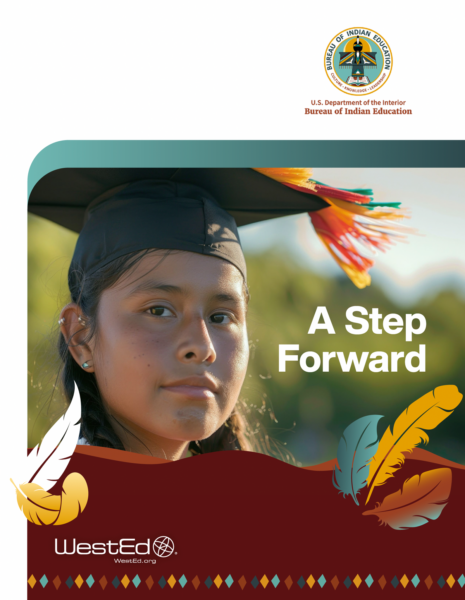
Product Information
Copyright: 2024
Format: PDF
Pages: 45
Publisher: WestEd
Graduating from high school is associated with expanding career and postsecondary education options and improving lifetime earnings, civic participation, and health and well-being. In the words of a rising junior quoted in the opening of this report, “The prize is not just getting a diploma; it’s being on track to be successful in life.”
Conversely, not graduating from high school is associated with many negative consequences, and Native students have tended to have the lowest graduation rates across all racial and ethnic groups. But that overall trend masks the fact that some high schools serving large numbers of Native students achieve graduation rates that are on par with—or far exceed—the national rates for Native students or all students.
This report features five such “Bright Spots.” These are Bureau of Indian Education (BIE) schools that implement high-impact practices that elevate standards and reinforce supports without lowering expectations. Native students in these schools have attained strong graduation results and low dropout rates.
These Bright Spots are schools to learn from. They offer practical and time-tested examples of practices tied to student success. This report details eight of these promising practices:
- Create a culture of caring to build a foundation for learning.
- Lead with skill, purpose, and vision.
- Cultivate a qualified and supported workforce.
- Center and celebrate Indigenous identities, histories, and cultures.
- Design school to be academically, socially, and personally engaging.
- Provide multiple kinds of academic supports.
- Prepare future-ready students.
- Partner with families and tribal members.
In describing how the Bright Spot schools carry out these practices, the report aims to help more BIE schools and other schools become places where students want to attend and feel supported to complete coursework, participate in extracurricular activities, and earn diplomas—and ultimately to be schools where graduation creates pathways to future success.

